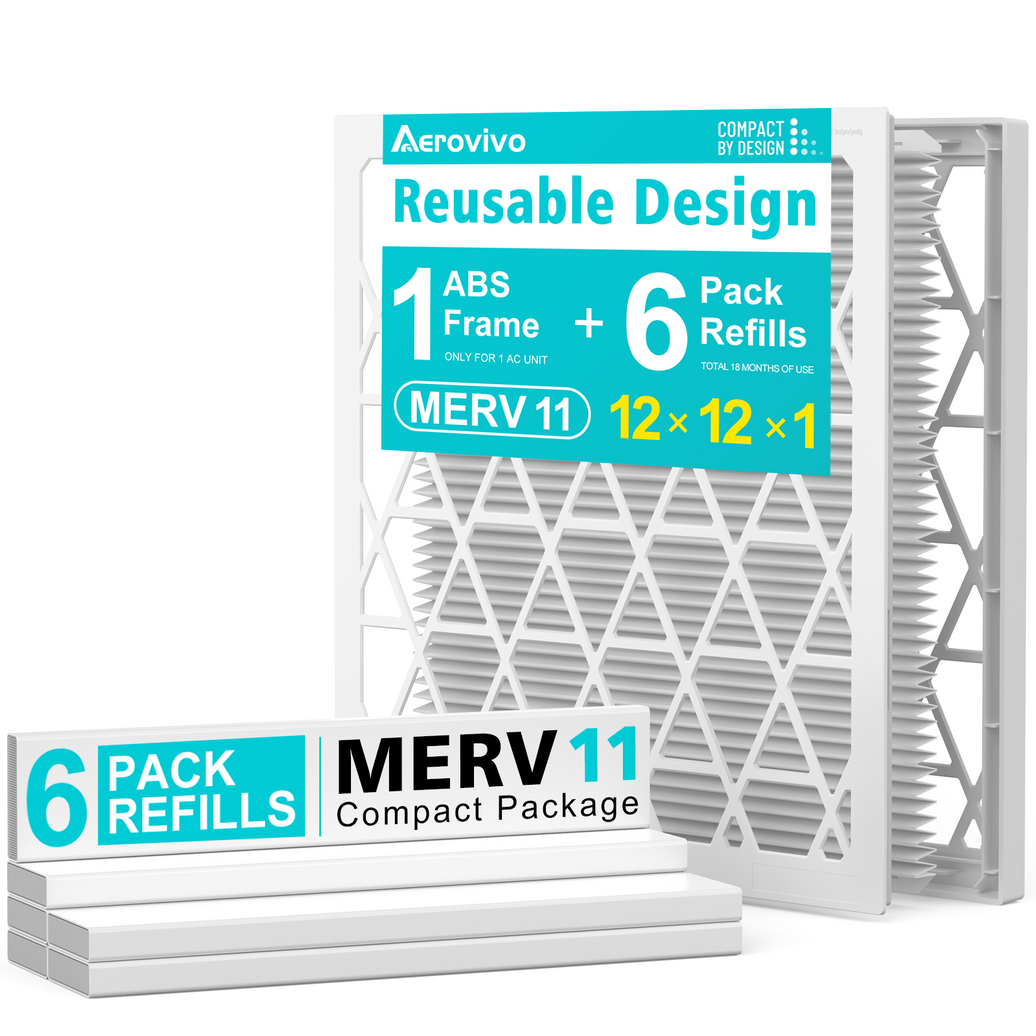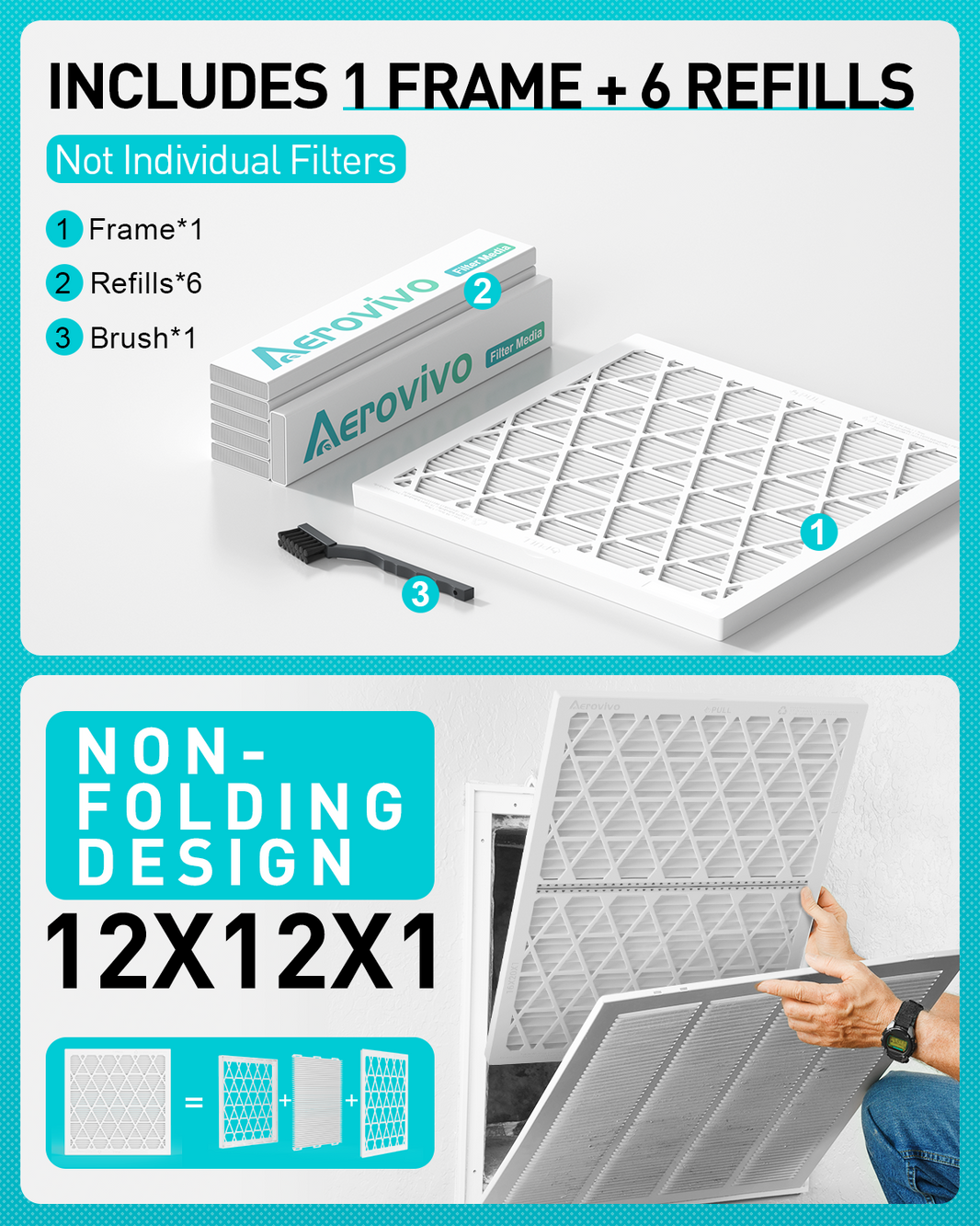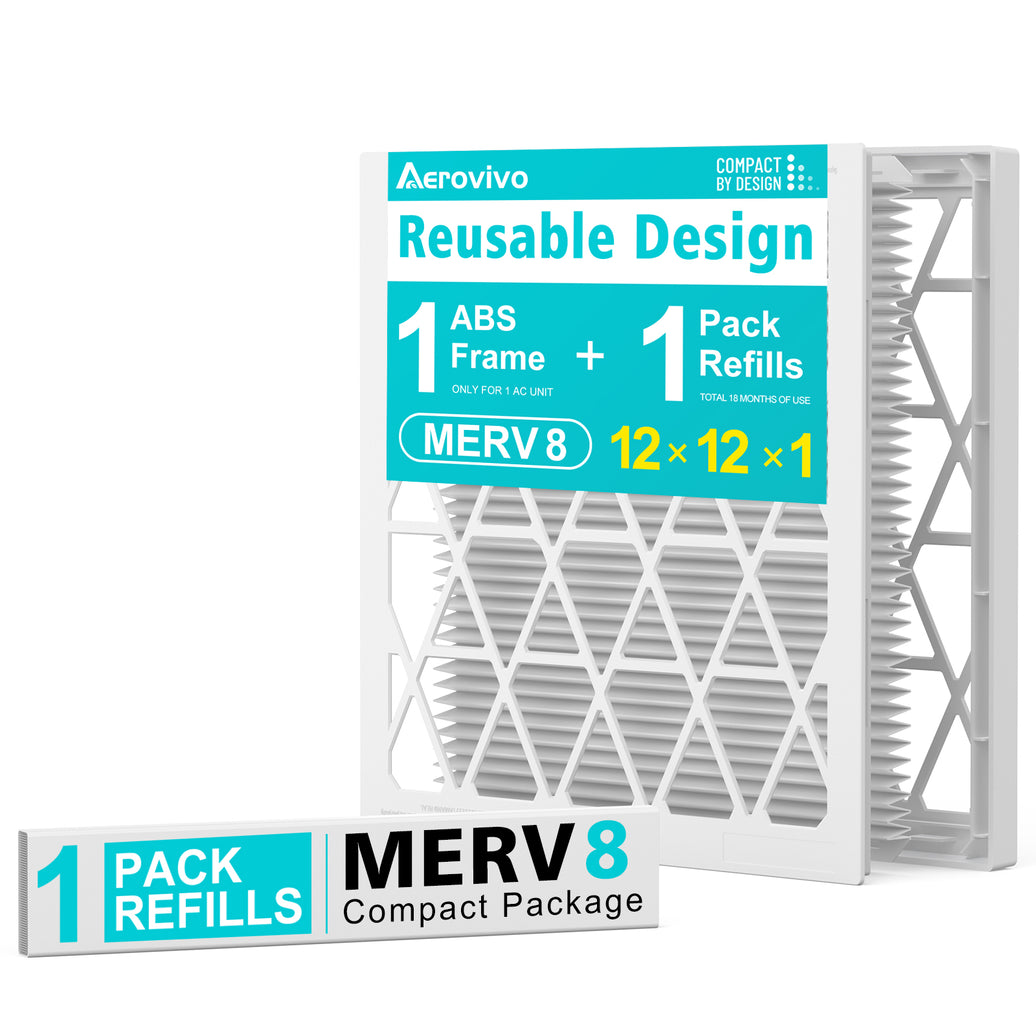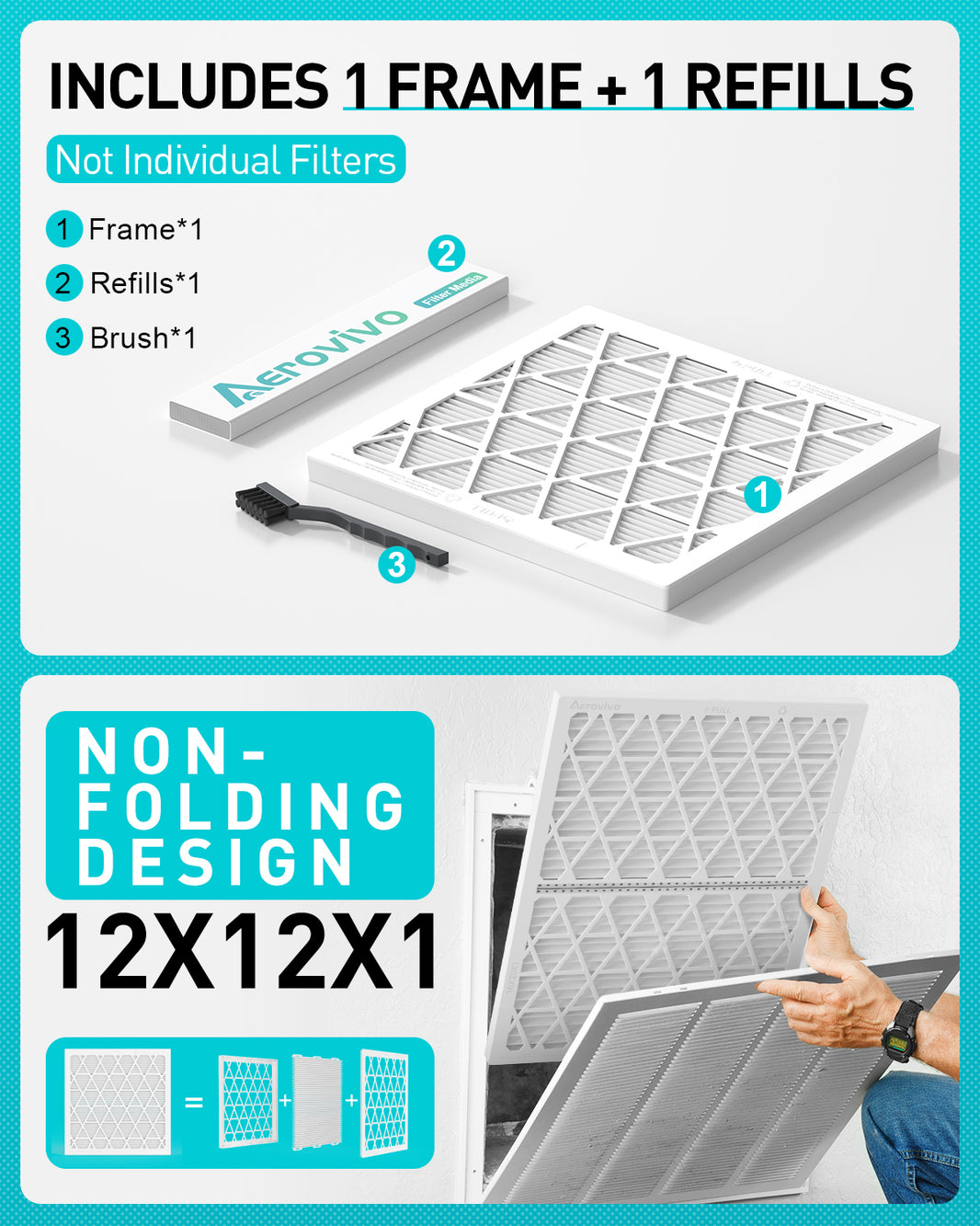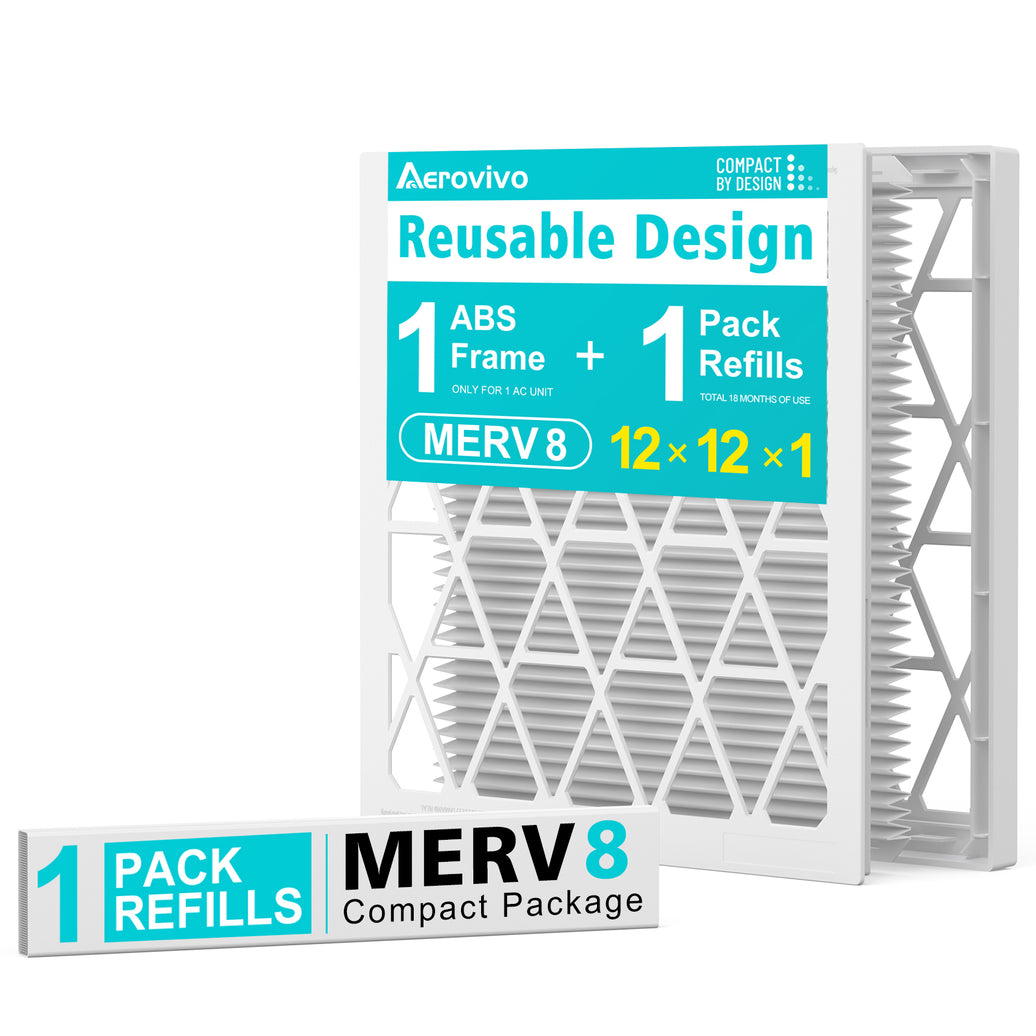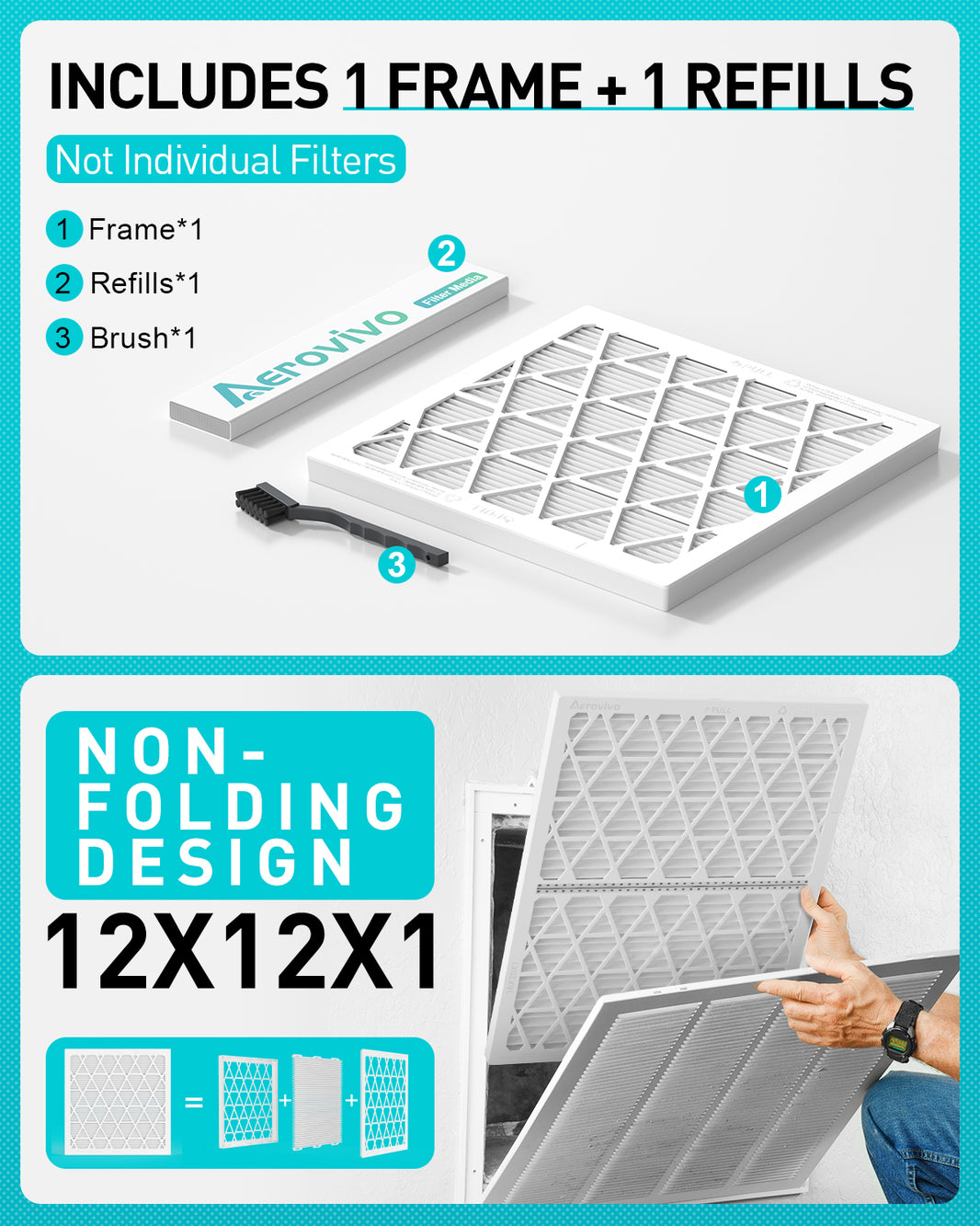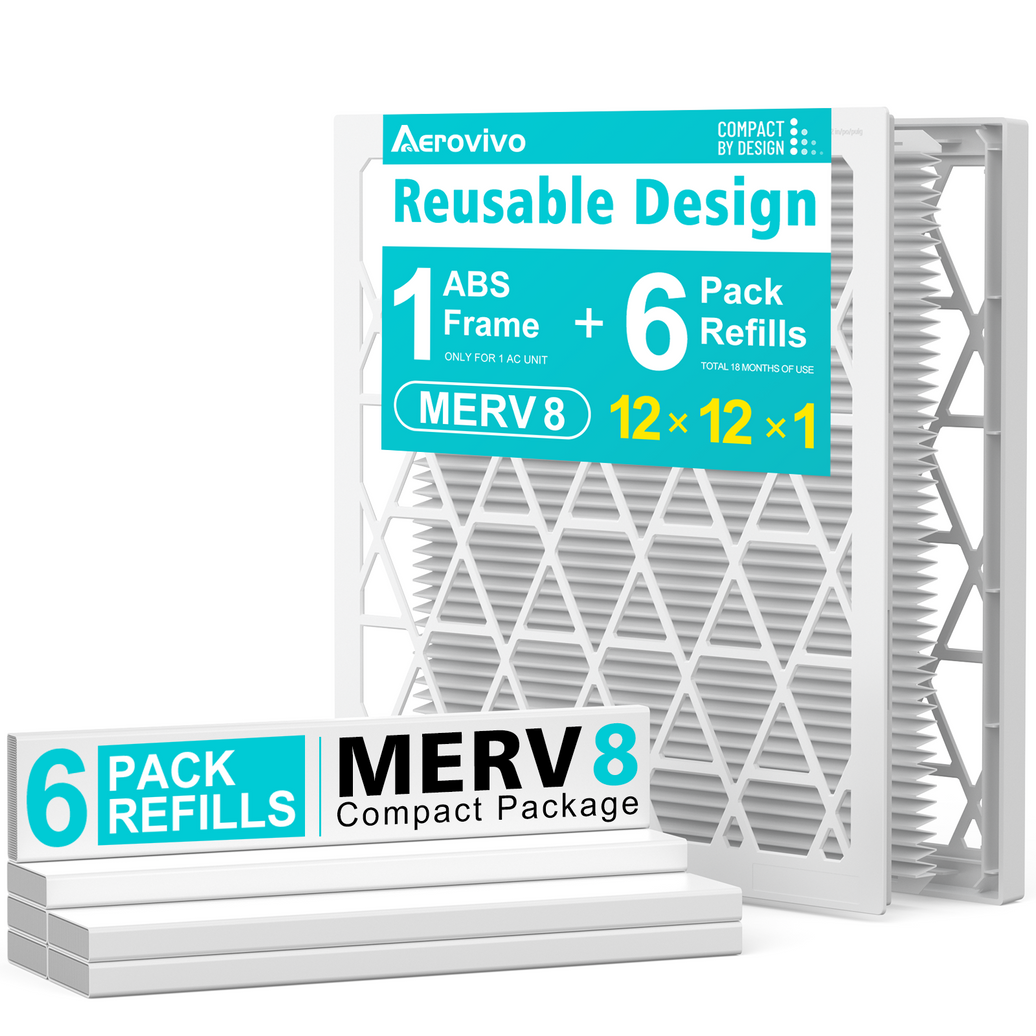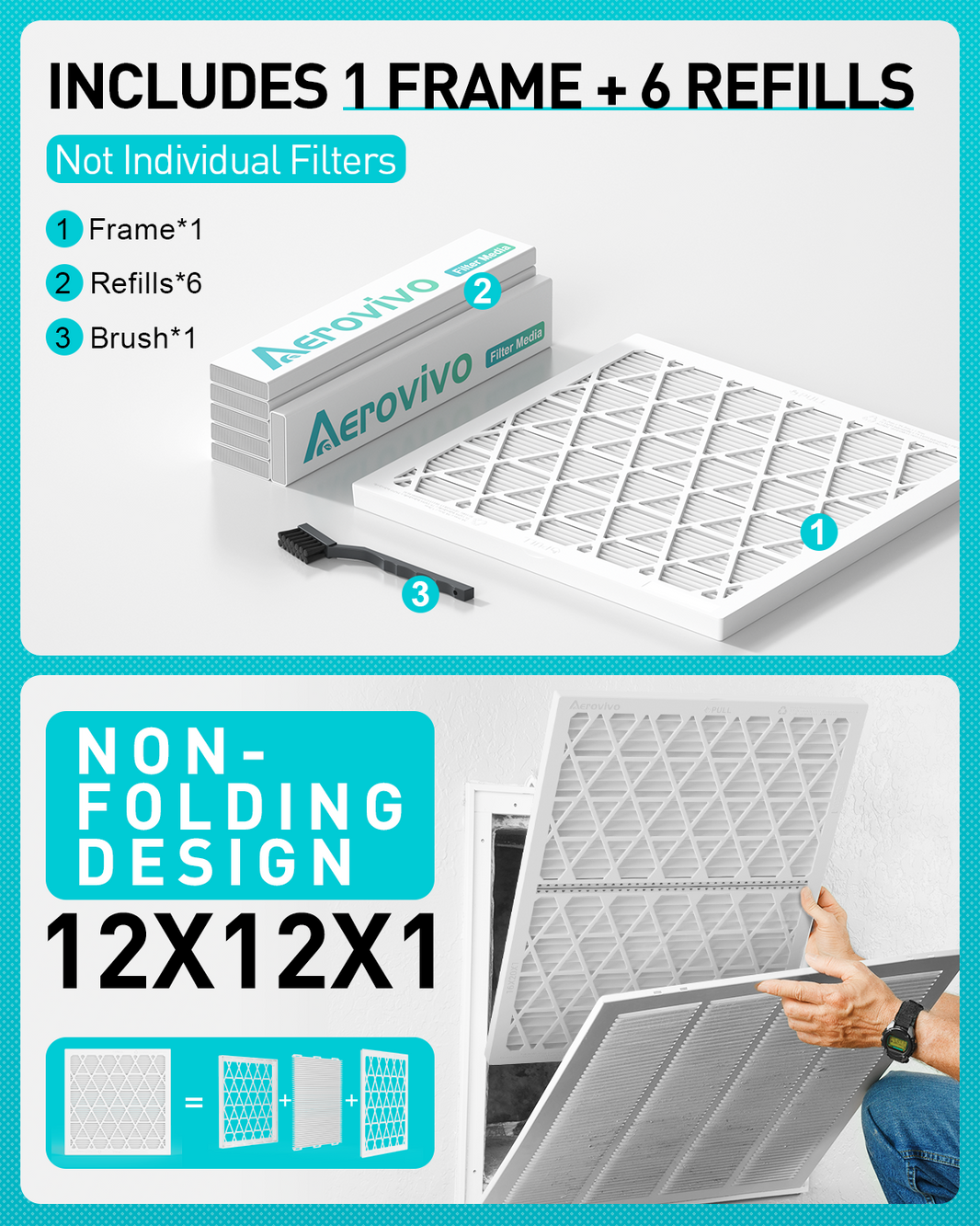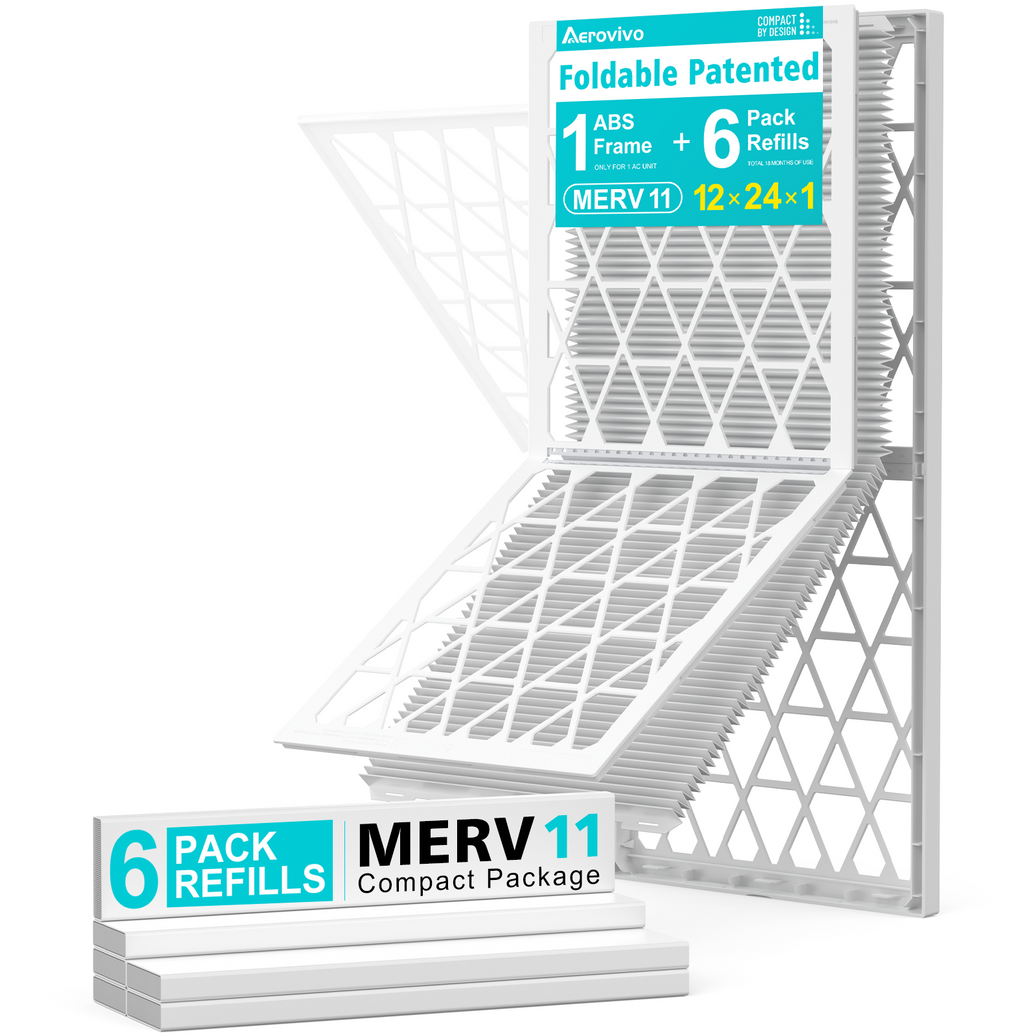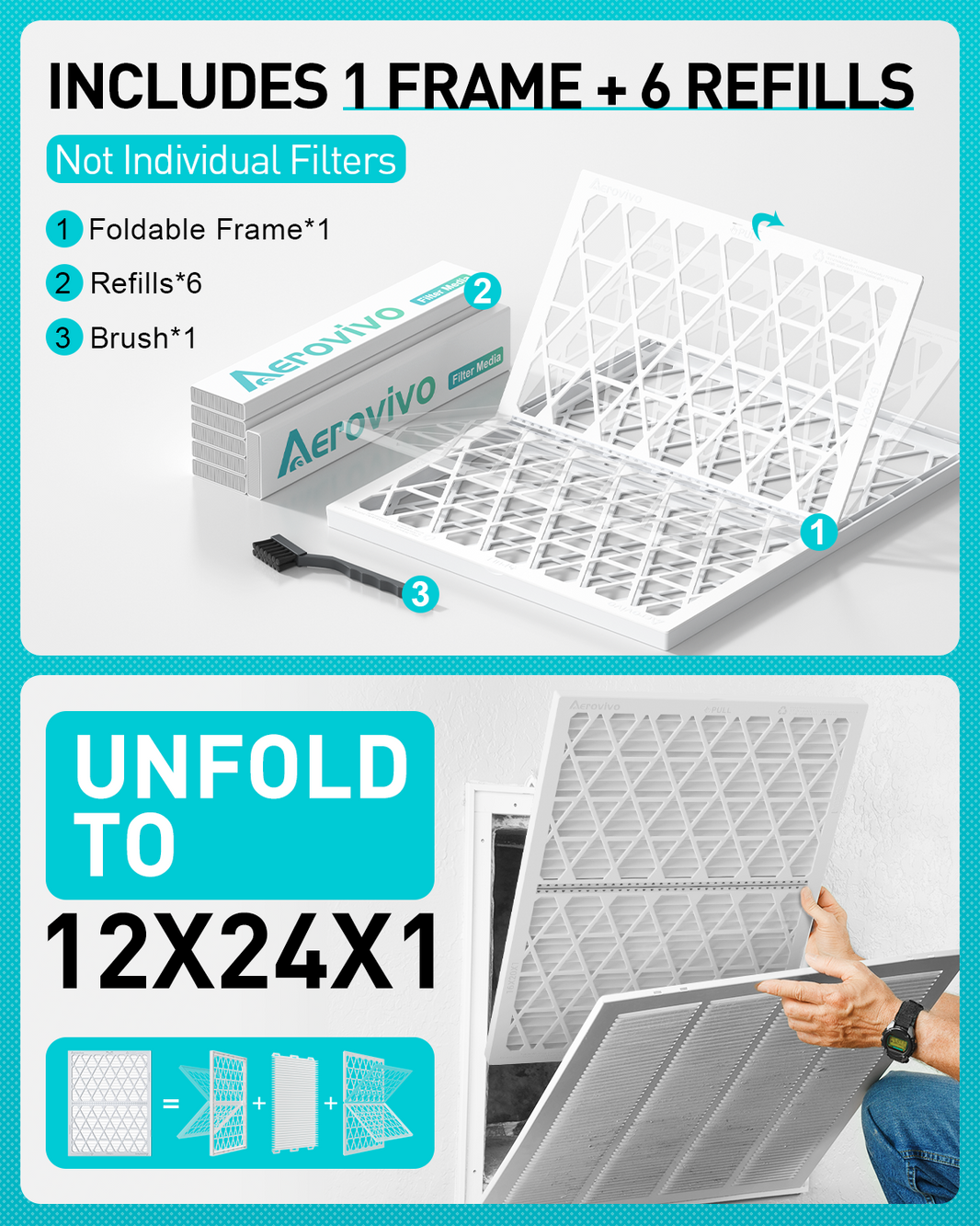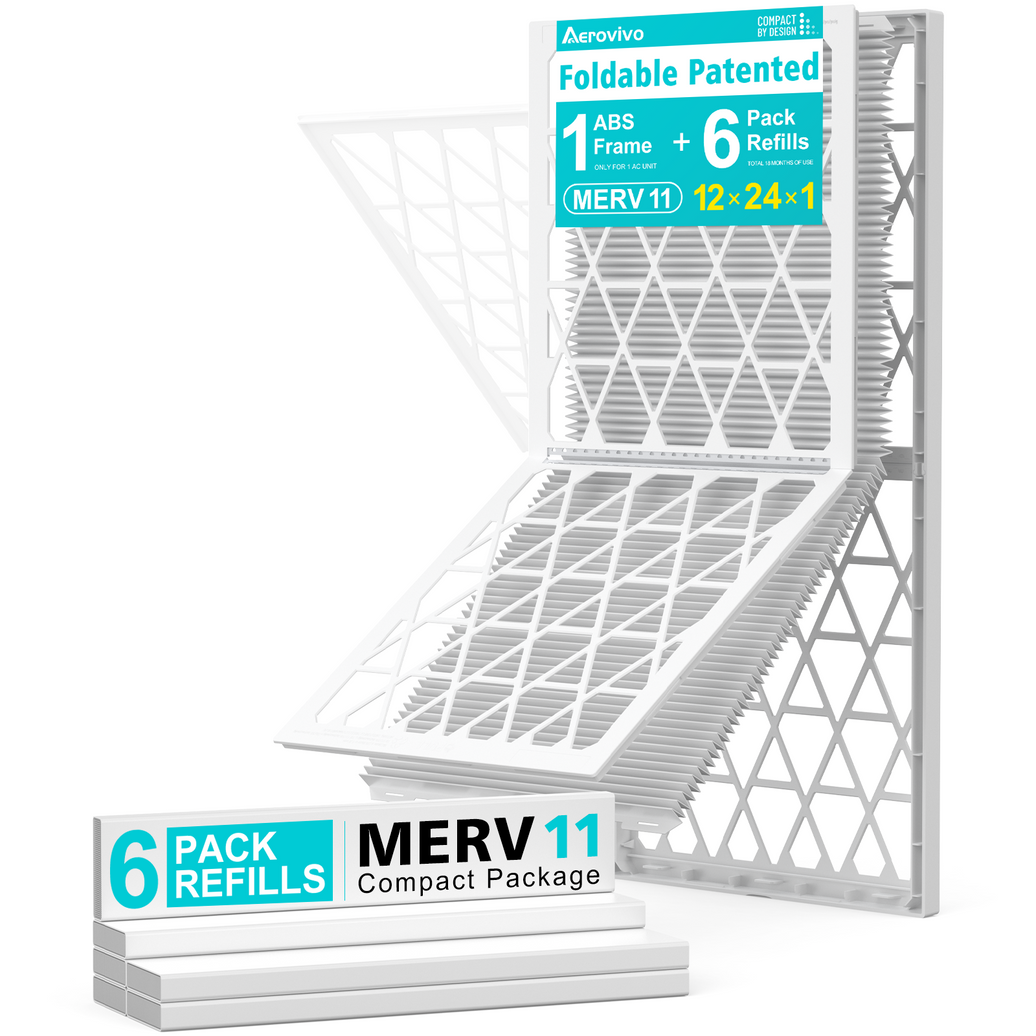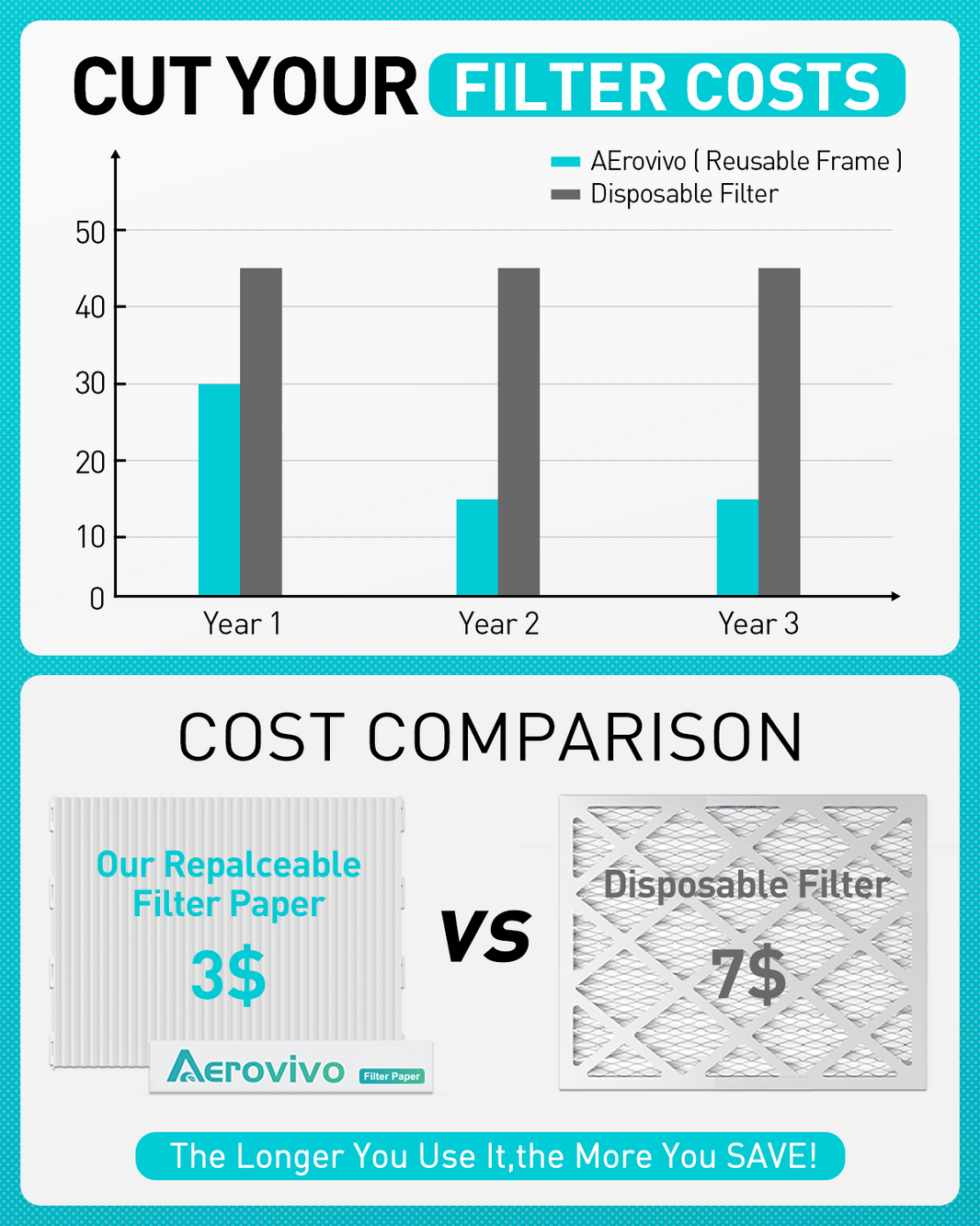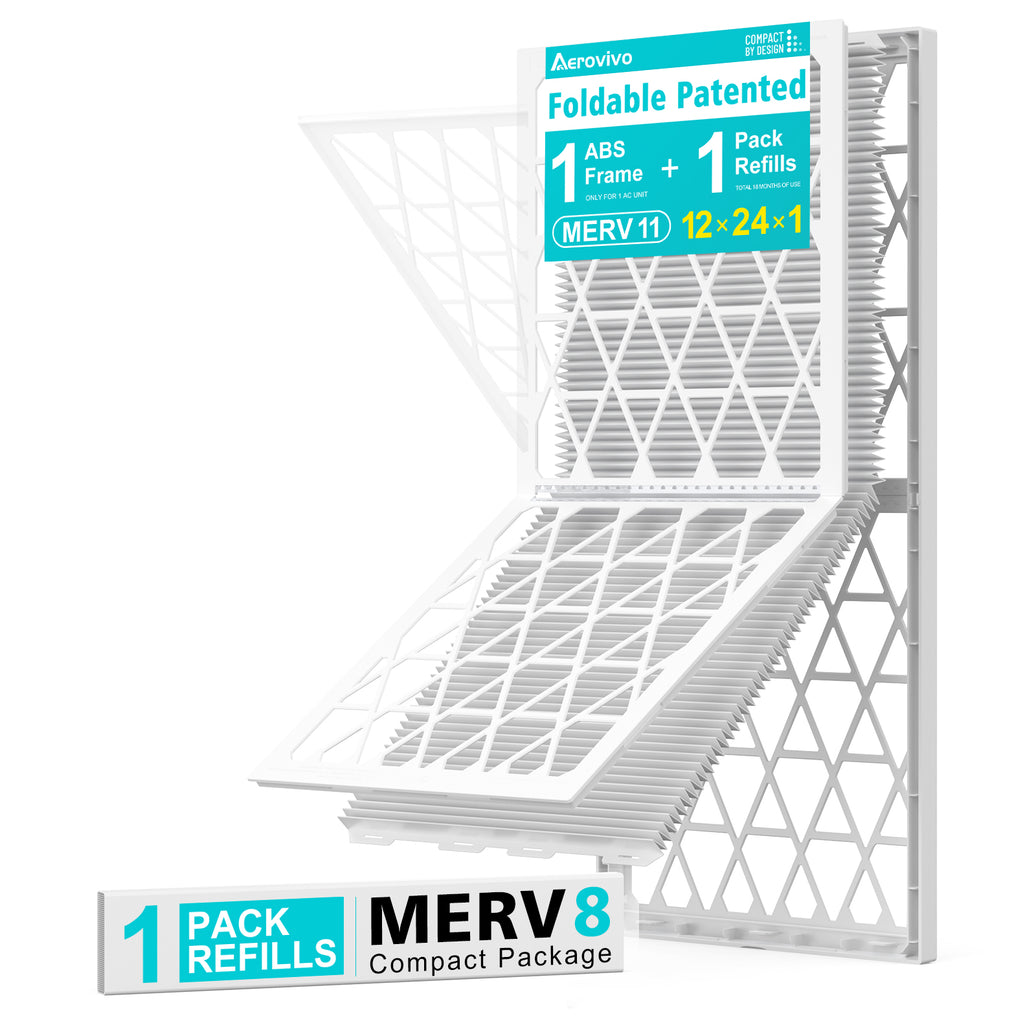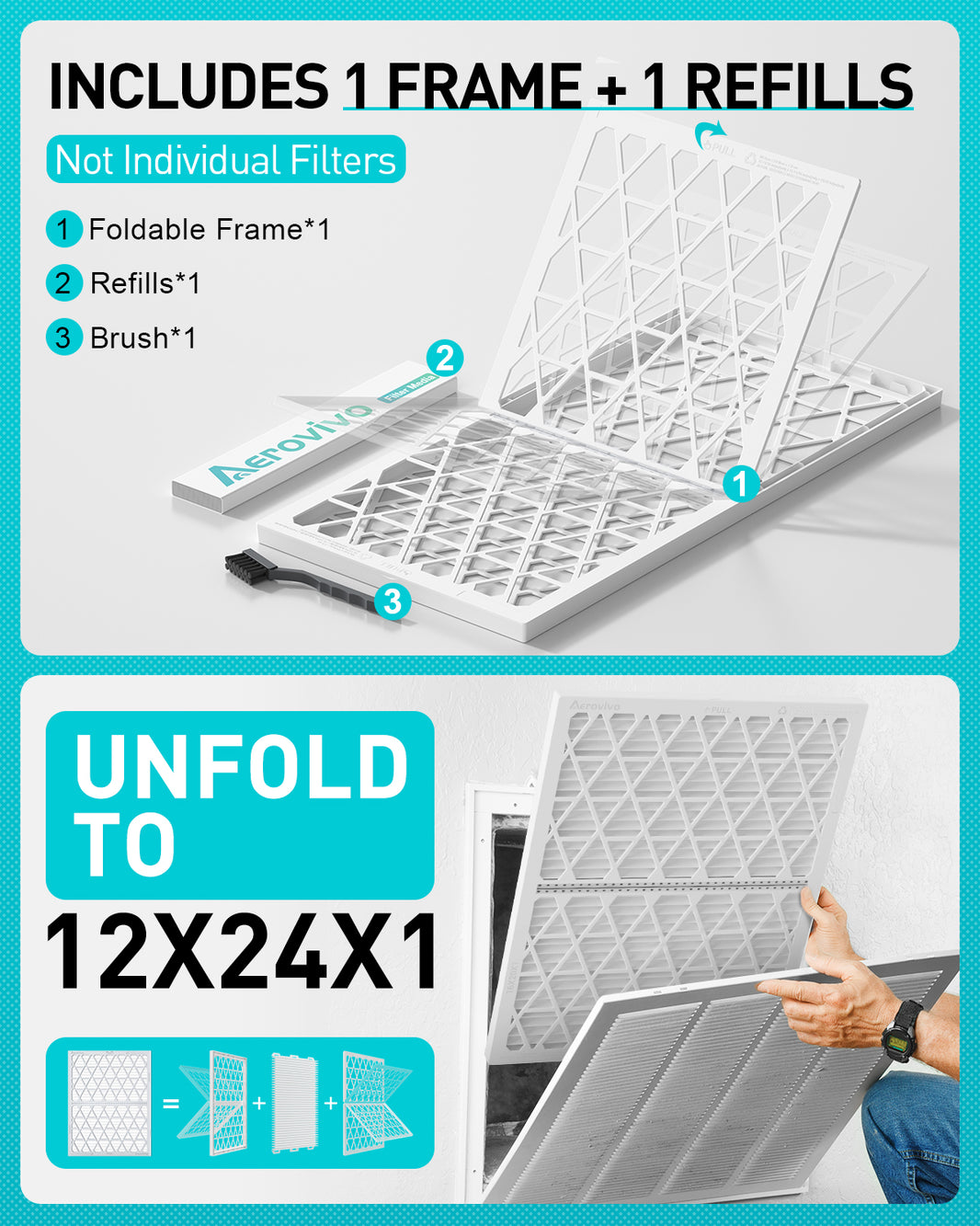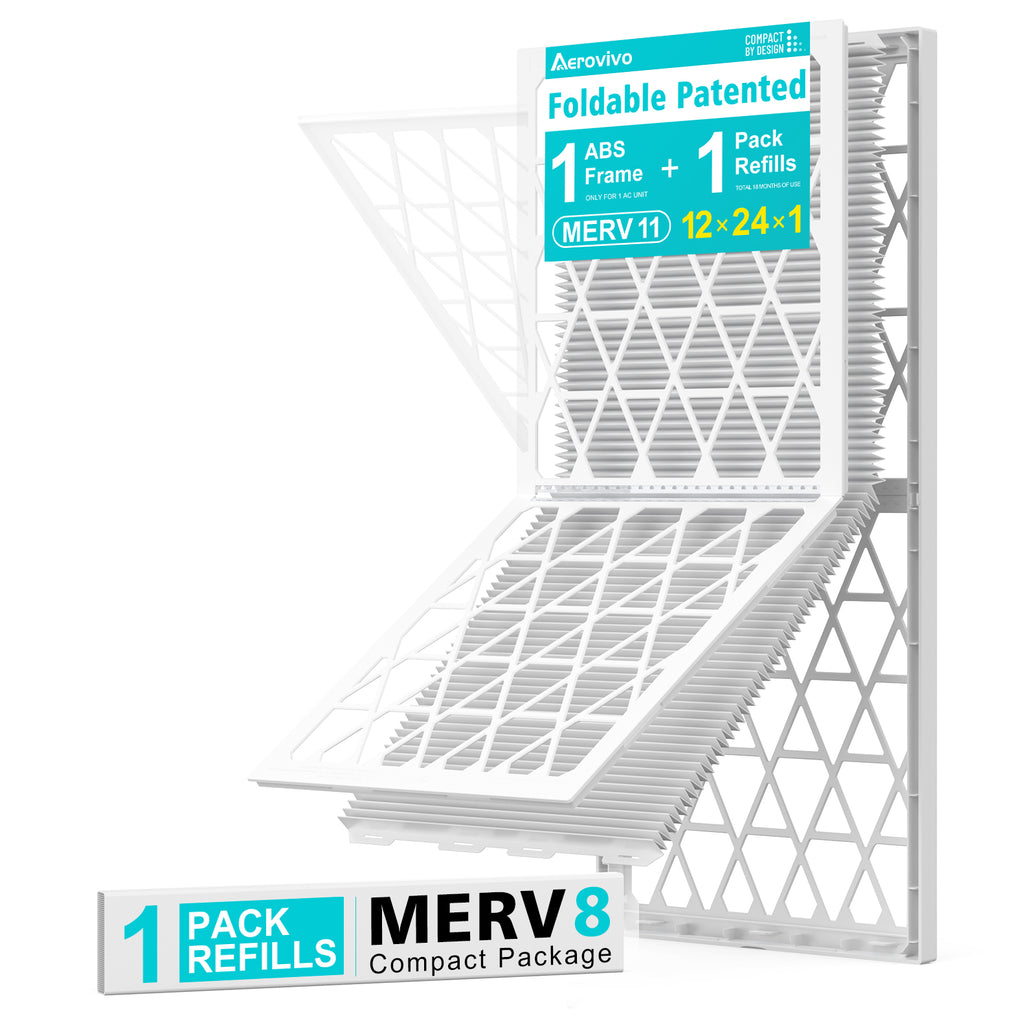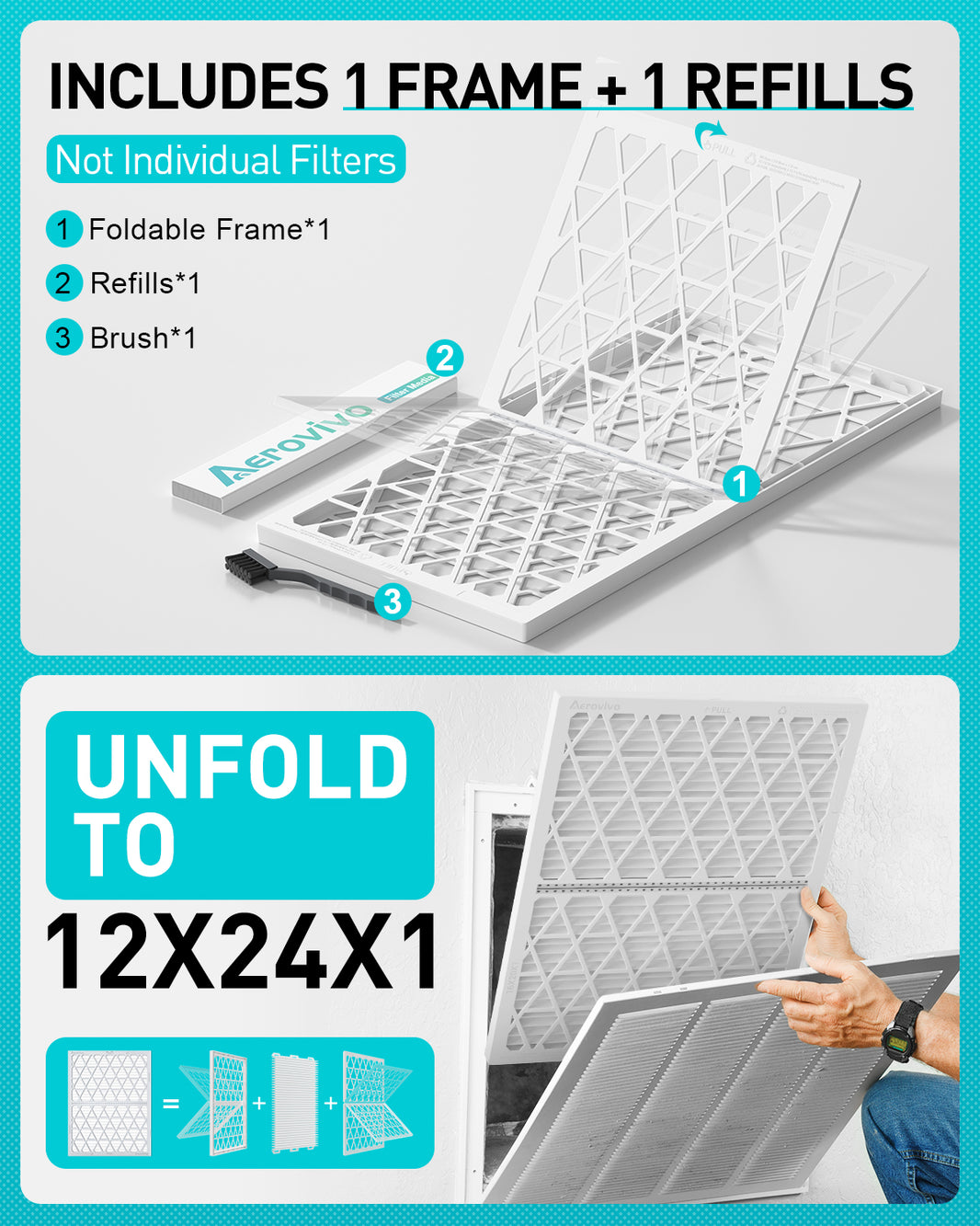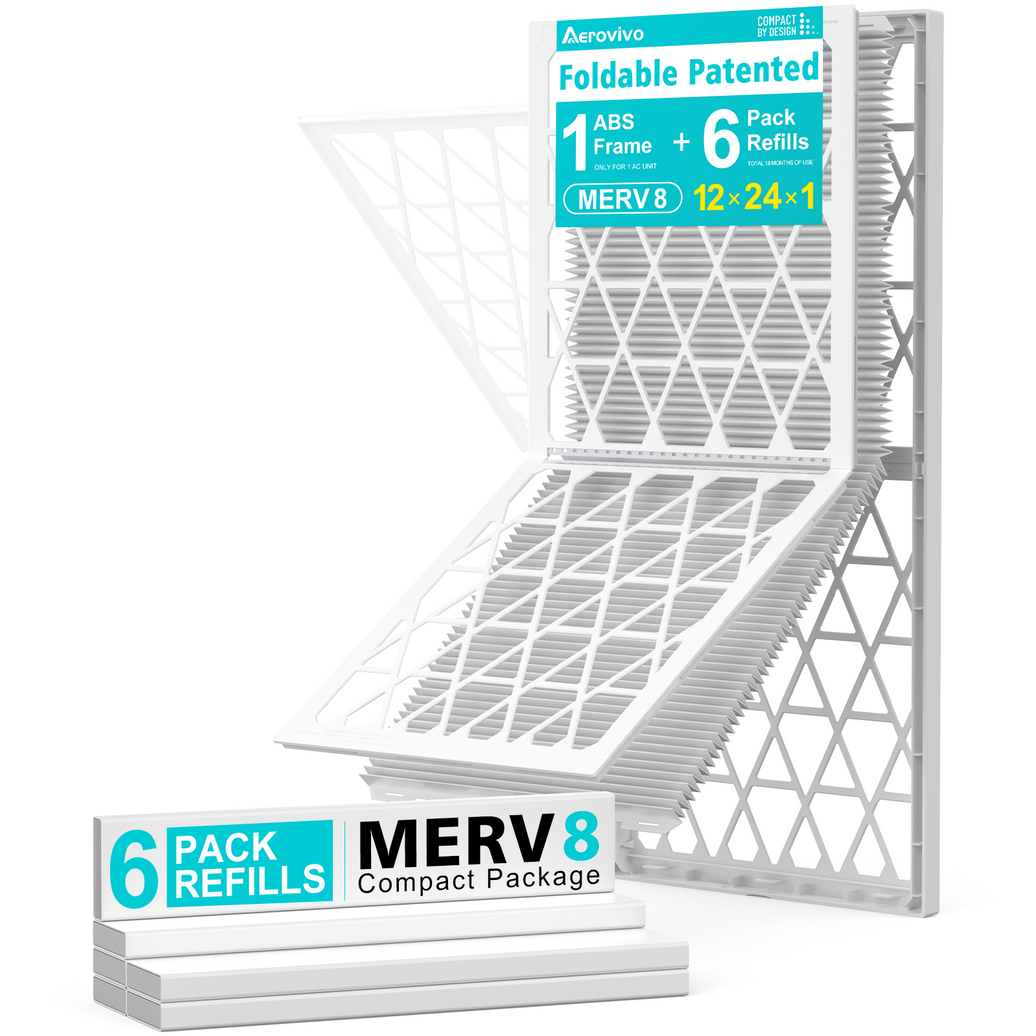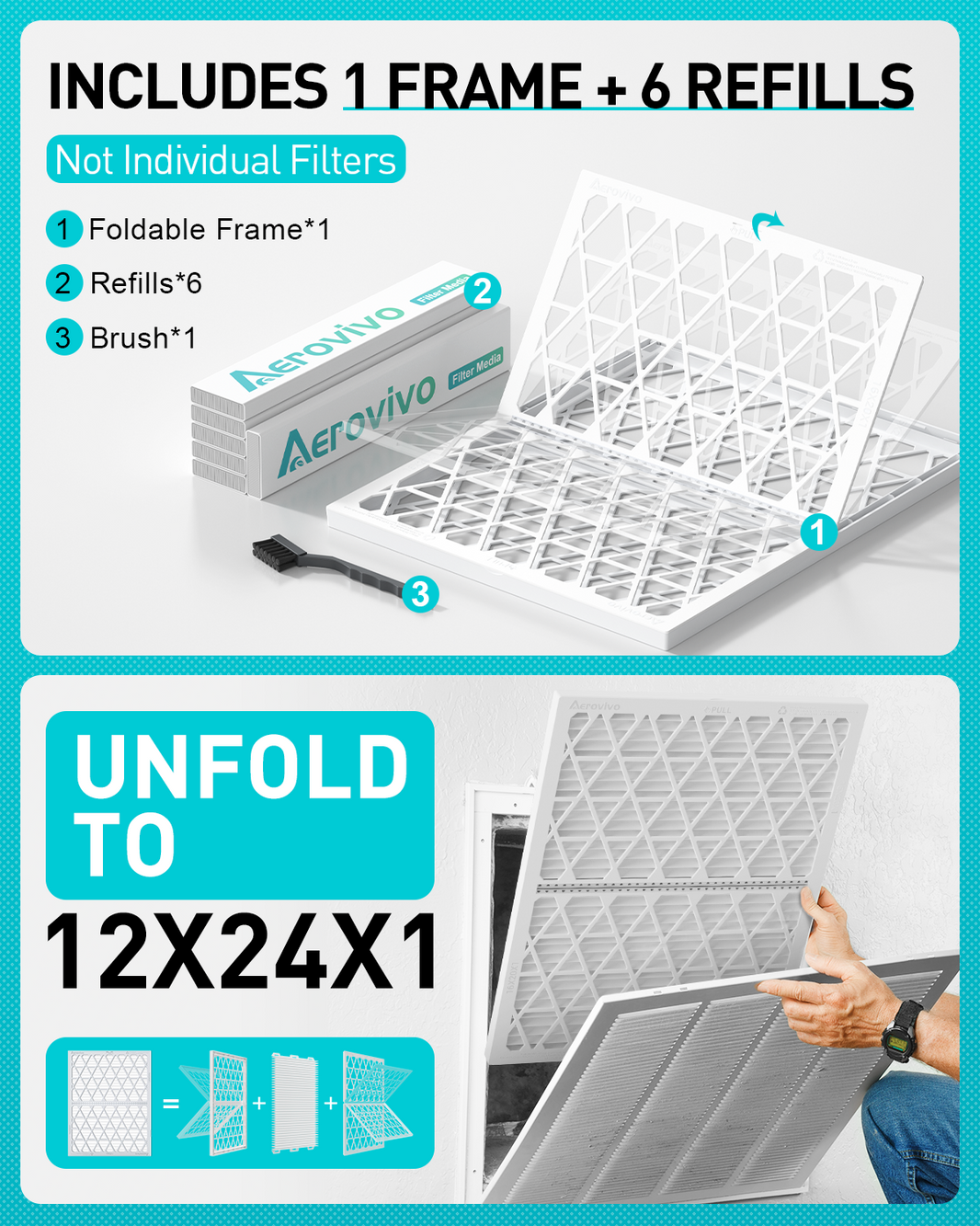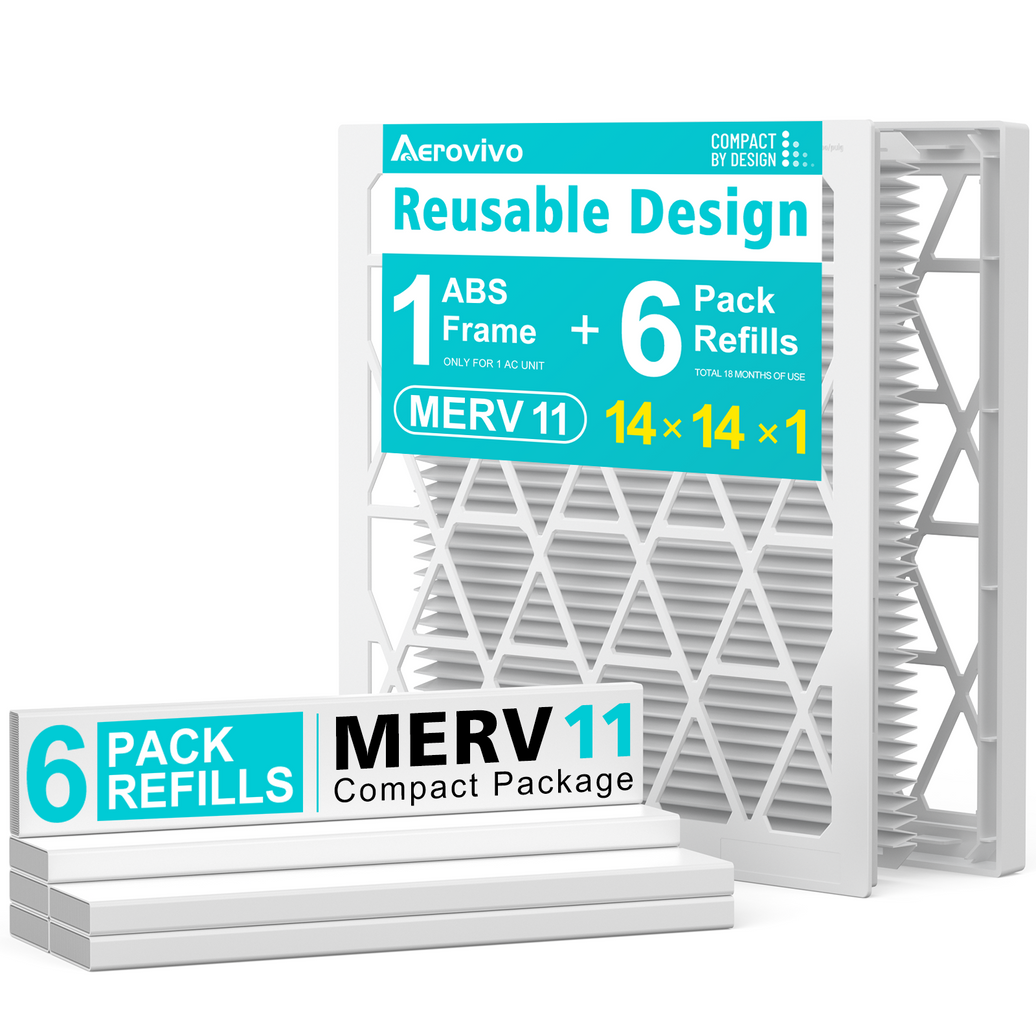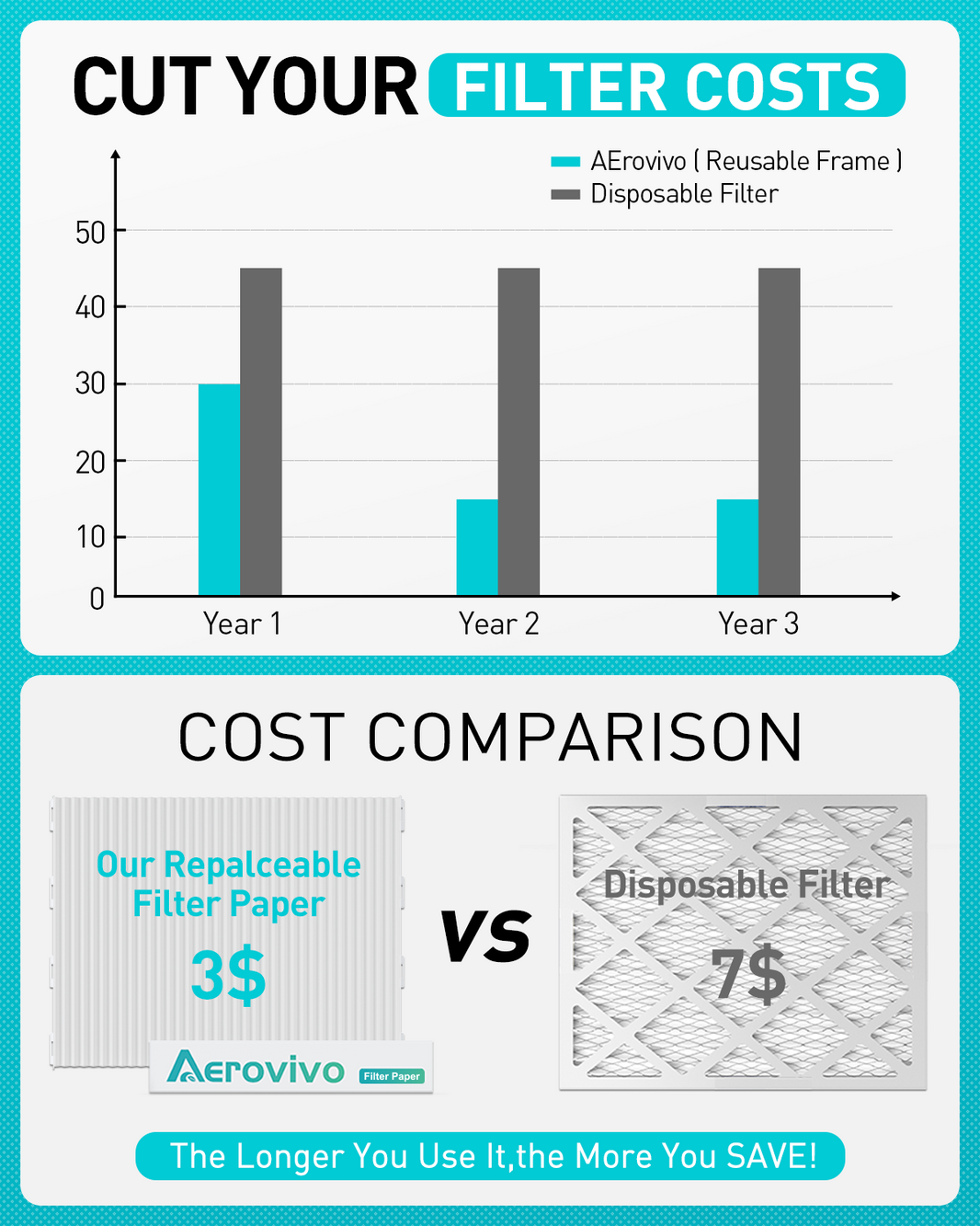The baby's room is not only where your baby sleeps, but also their first place to grow up. Creating a clean, safe and fresh air environment for your baby is essential to their health. The following eight practical suggestions will help you improve the air quality in your baby's room and make every breath more secure.
1. Control indoor humidity
Babies are very sensitive to air humidity. Too high humidity can easily breed mold and bacteria, while too low humidity can cause dry skin and breathing discomfort. The ideal humidity should be maintained between 35%-50%. It is recommended to use a hygrometer to regularly test the air humidity and use a humidifier or dehumidifier as needed - remember to clean the equipment regularly to avoid secondary pollution.
2. Maintain good ventilation
Fresh air is the prerequisite for a clean space. Opening windows for ventilation appropriately every day or using an air purifier with filtering function can help dissipate odors and pollutants. Avoid air stagnation for a long time, especially after using diapers, changing sheets or cleaning.
3. Upgrade the air conditioning filter system
Old filters in the home central air conditioning system are prone to accumulate dust and allergens, so remember to replace them regularly. It is recommended to use filters with smart reminder functions, such as Aerovivo smart air filters, which can remind you to replace them in time through emails, allowing you to focus on taking care of your baby while not missing any details.
4. Keep a proper distance from pets
Hair and dander are important factors affecting air quality. If you have pets at home, it is recommended to set the nursery as a "pet-free zone". At the same time, keeping pets clean and combing their hair regularly can also effectively reduce allergens.
5. Use mild natural detergents
The baby's respiratory system is not yet fully developed, so try to avoid using cleaning products containing bleach or artificial fragrances. Choose non-toxic, low-volatile organic compound (VOC) natural cleaning products, or just use warm water and soap to clean, which is both environmentally friendly and safe.
6. Insist on weekly deep cleaning
Dust mites, pollen, bacterial particles, etc. are easy to accumulate on carpets and furniture surfaces. Use a vacuum cleaner with a HEPA filter to clean floors and fabric surfaces every week. It is best to use a damp cloth when wiping furniture to avoid dust particles from being raised and causing secondary pollution.
7. Eliminate potential sources of air pollution
Although candles, air fresheners, essential oil diffusers and other products have pleasant aromas, they often contain VOCs and artificial fragrance ingredients. It is recommended not to use such products in the baby's room. It is safer to choose natural and fragrance-free alternatives.
8. Choose environmentally friendly furniture
Babies are in contact with mattresses and cribs for a long time, so the material of the furniture is important. Make sure they have passed the low chemical emission test to create a low-toxic sleeping environment for your baby.
Summary:
Creating a fresh, clean and safe baby room is not complicated. From humidity management to the selection of cleaning supplies, every detail is worth paying attention to. Start improving now and give your baby a truly healthy "oasis".



